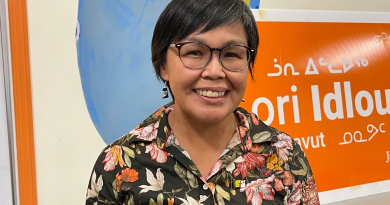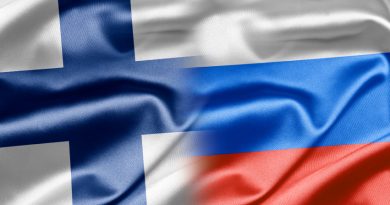Blog: Arctic language survival – Iceland to the rescue?
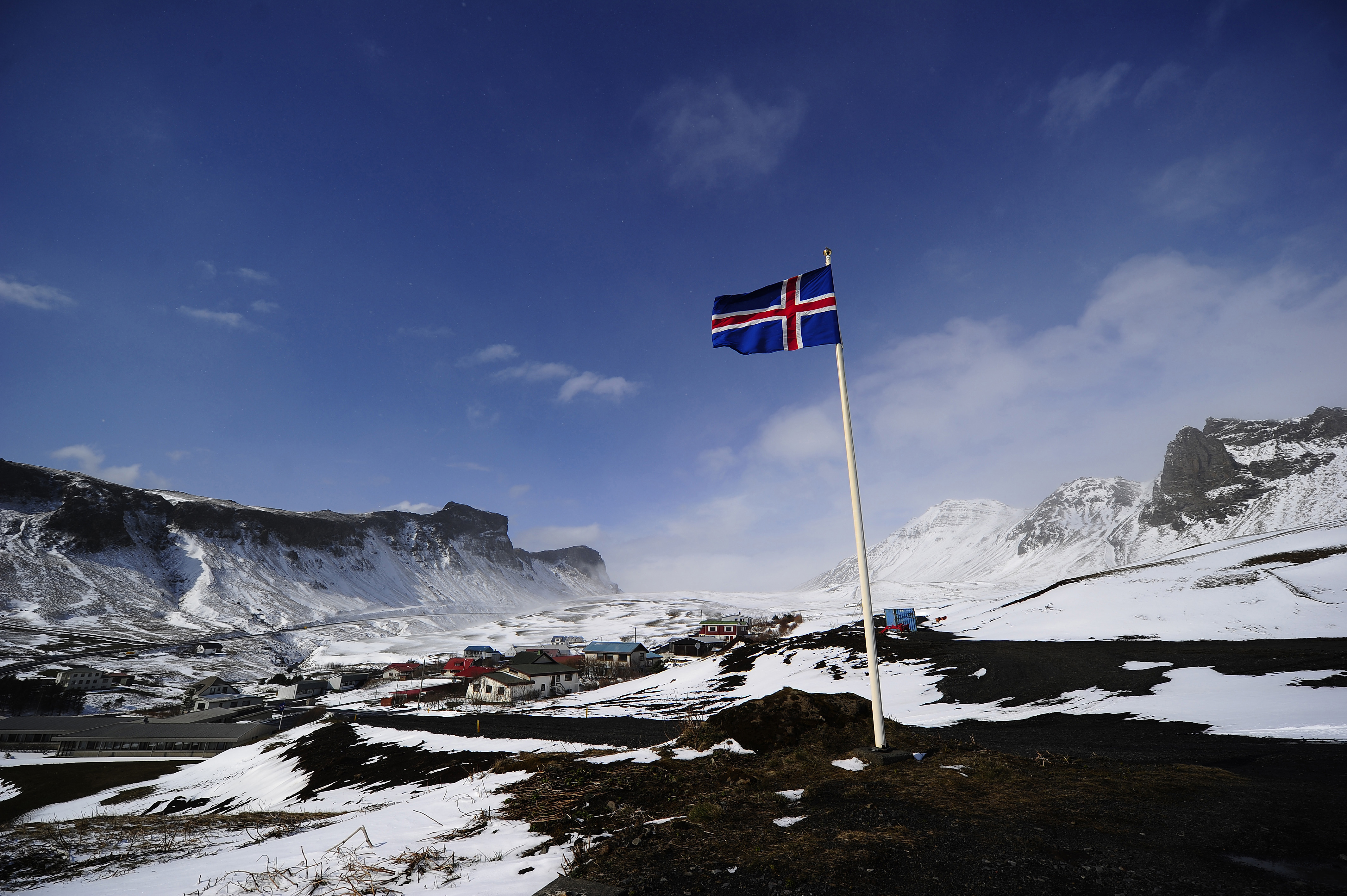
Part One of this series looked at the broad issue of language endangerment and its links to ecological disruption in the Arctic. But what are the solutions and who might have the political will and leadership to provoke lasting change through international cooperation? On both fronts, the Arctic should look to Iceland.
With a population below 350,000, Iceland is a small country with a small bureaucracy, where seeing through any sophisticated program of intergovernmental cooperation is no easy feat. As the only Arctic Council member state without an Indigenous population, Iceland will also be judged on the extent to which its 2019-2021 Chairmanship finds creative ways to support Indigenous well-being despite a lack of experience with direct domestic pressures from Indigenous minority populations.
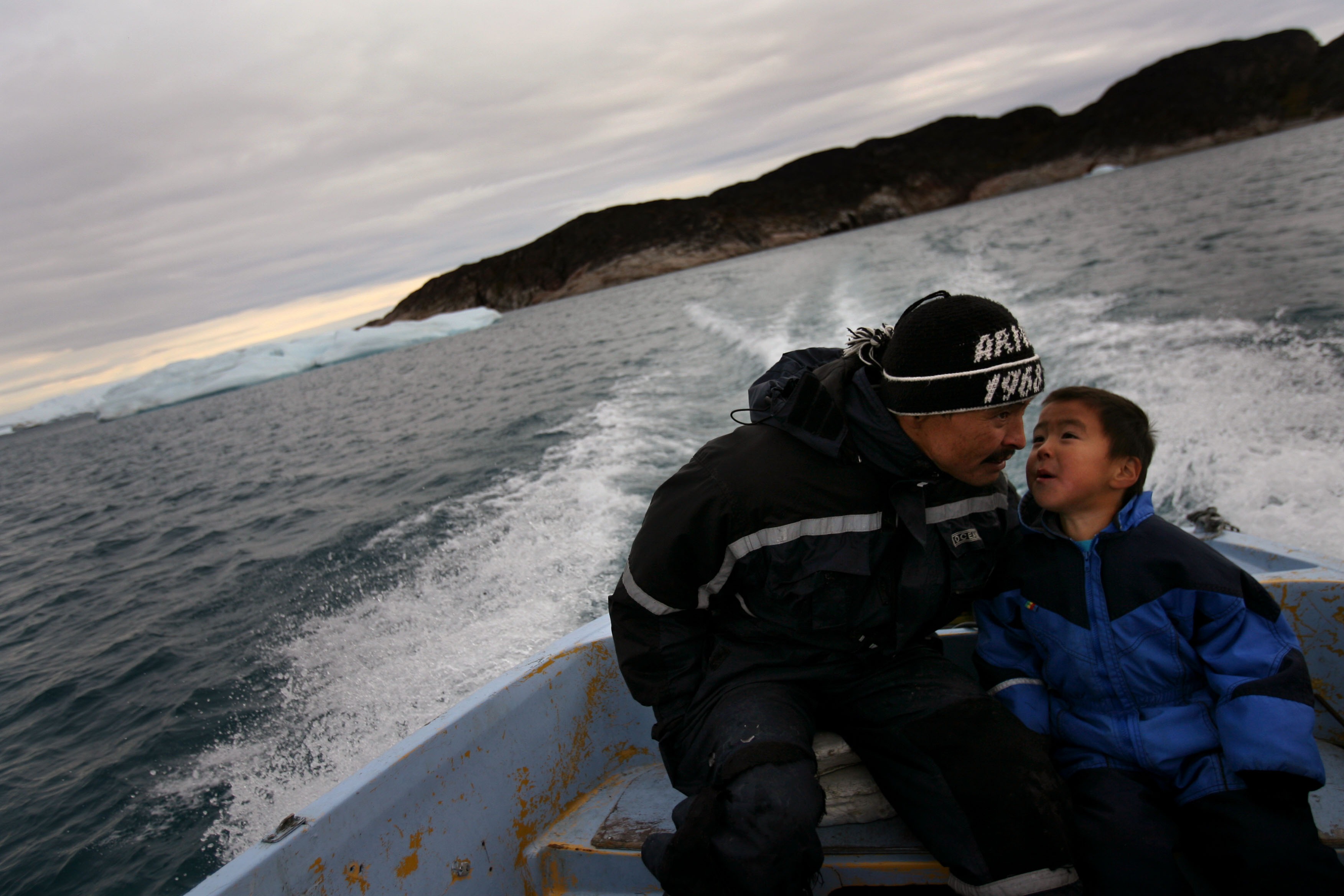
Taking advantage of its status as neutral territory for the Indigenous Permanent Participants to resume dialogue on the Arctic Languages Vitality project discussed in part one of this series, Can environmental diplomacy save Arctic languages?, could be one opportunity for Iceland to do so. With strong correlations between the vitality of Indigenous languages and ecological health, a meaningful contribution to language revitalization in the Arctic would further aid Iceland’s broad climate change ambitions by complementing the country’s already-strong leadership in clean energy development. In a speech at the Arctic Circle Assembly in Reykjavík last month, Peter Seligmann, Chairman of the Board of Conservation International, noted the need for climate leadership on more fronts than energy decarbonization: “As we look at our response to climate change, our focus is often on energy . . . but something that all of us need to remember is that at least 30% of the solution to climate change can be achieved by the way we treat mother nature,” identifying reforestation as one clear example of a nature-based carbon sink among many others.
Member state support needed
The support of Indigenous languages requires interventions on the personal level, the community level, and the policy level. “Throughout the Arctic, Indigenous groups are actively working to promote their languages,” said Lenore Grenoble, a linguist at the University of Chicago involved in the Arctic Languages Vitality initiative who has written on the links between language vitality and community well-being, “We see examples of that in Alaska, Canada, Russia, Greenland and in Sami speaking communities across Scandinavia, Finland, and Russia.” While these developments are promising on the individual and community levels, successful policy-level interventions require the support of the eight Arctic Council member states.
In a country currently considering an $8.8 million USD investment in the digital vitality of the language, motions towards solidarity with other languages spoken by few people would likely receive high popular support. Although not in as dire straits as the Indigenous arctic languages, Icelandic is similarly under pressure from the major languages of global commerce and tourism. The country’s Ministry of Education, Science and Culture already finances full-time study for foreign students studying Icelandic with the purposes of internationalizing the language. The survival and somewhat problematic “purity” of Icelandic is a source of great pride to Icelanders, and the language’s conservative history of language change (“Old Norse – it’s ALIVE!”) has contributed to a Viking-branded charm offensive attracting medievalists and metal-heads, linguists and LARPers, abetting the ongoing tourism boom.
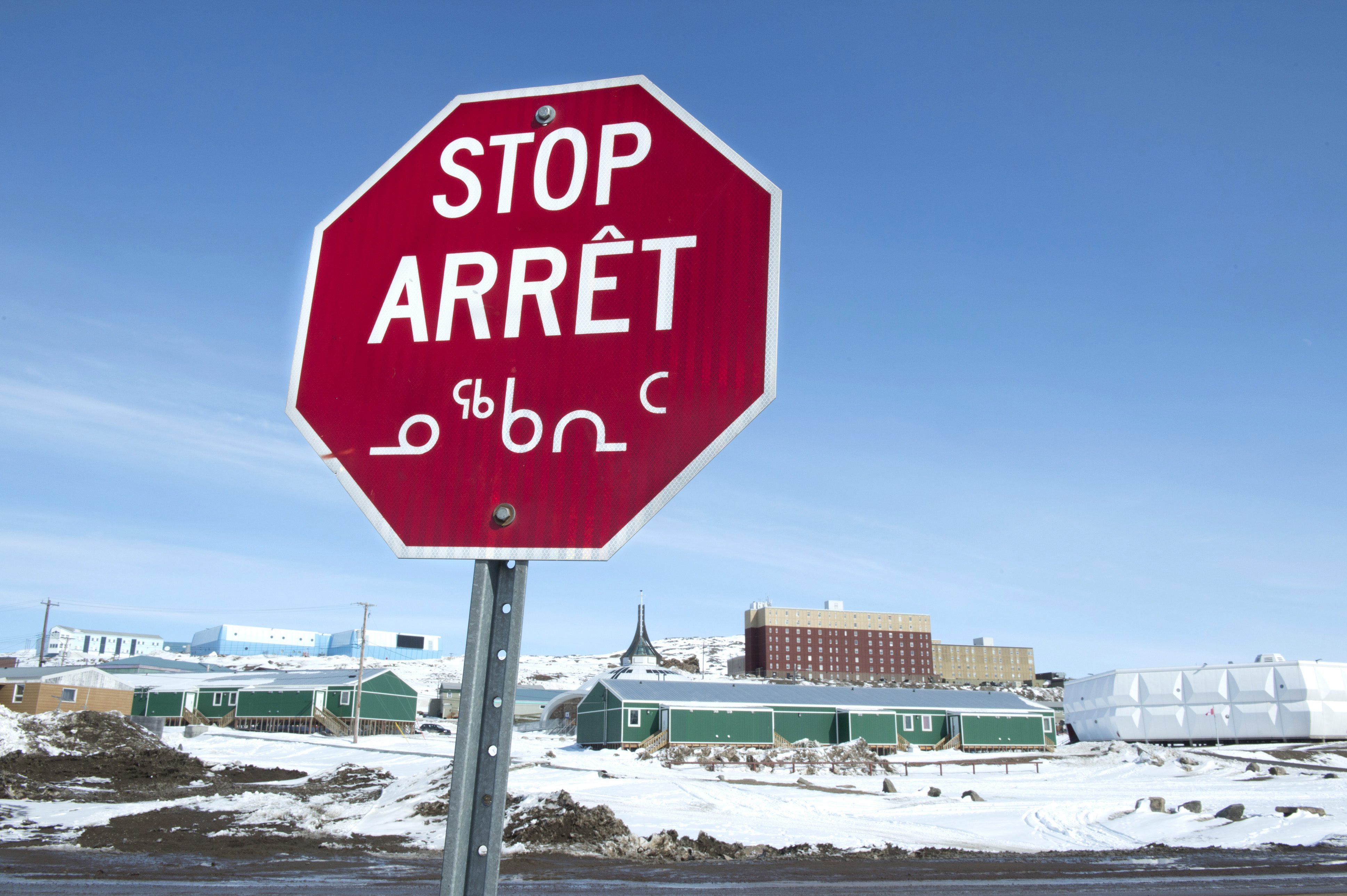
Funding teachers: a necessity
The meetings convened prior to the end of Canada’s Arctic Council Chairmanship led to a meaningful exchange of ideas among indigenous Arctic groups, such as Speak Gwich’in to Me, inspired by a Sami project under a similar name. Still, the Arctic Languages Vitality’s 2015 progress report identified a pressing need for funding for teacher training and the development of materials. Although playing the small-state card might help Iceland to corral the necessary funding for such programs from other Arctic and near-Arctic states, the in-kind contributions the country has to offer should not be discounted. Linguistic resources housed at the University of Iceland and the ongoing development of the Vigdís Finnbogadóttir International Centre for Multilingualism and Intercultural Understanding may be of particular value to the Indigenous Arctic as the exchange of best practices is formalized.
Status quo from Iceland?
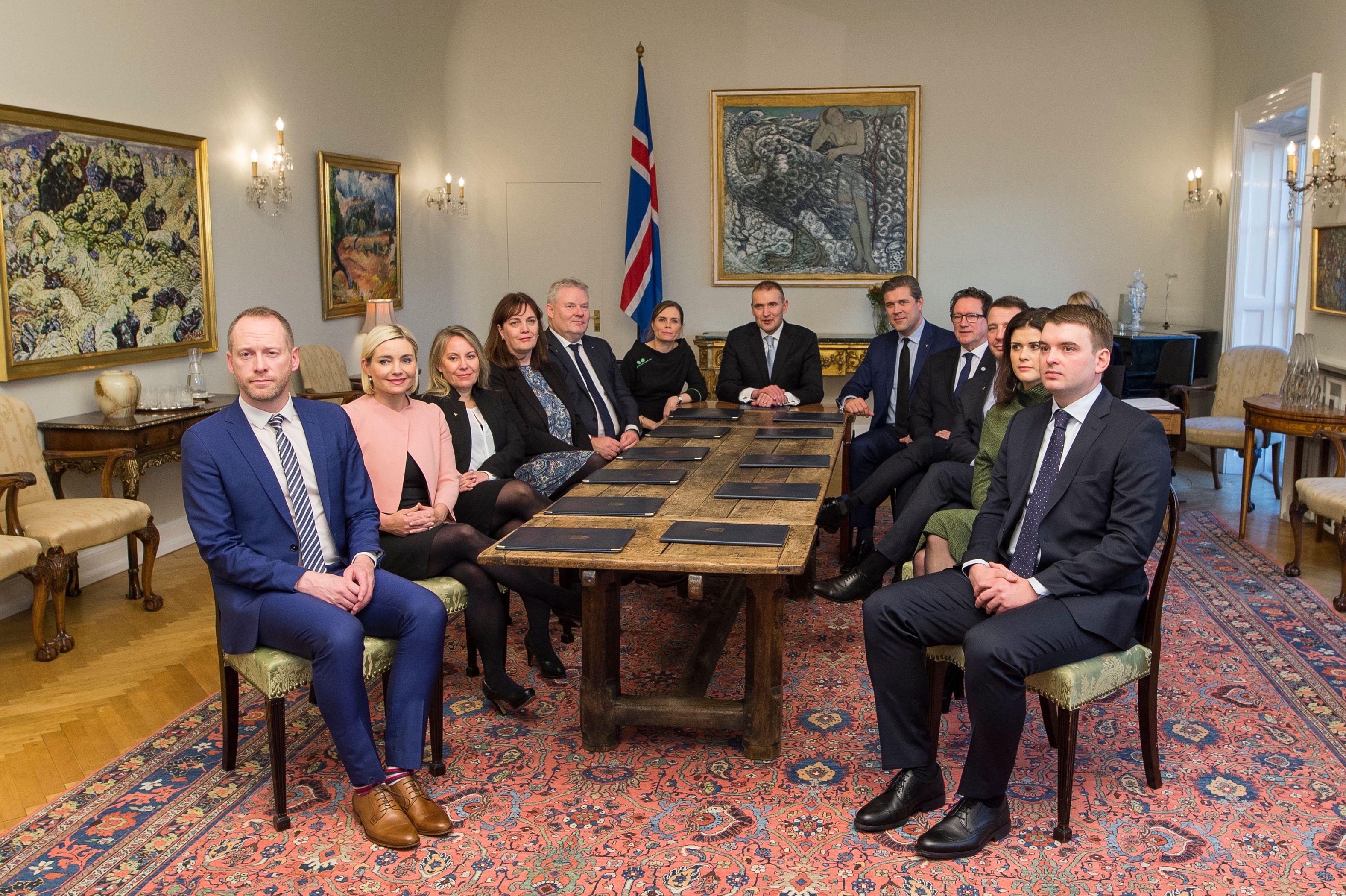
In the Arctic Council, political changes have thankfully not caused any degree of great disruption to chairmanships. Where arctic issues can be quite contentious within individual member countries (such as the ANWR drilling dispute), most Arctic Council matters are not controversial enough to be politicized. During recent parliamentary election campaigns, the Icelandic electorate has shown little attention for foreign affairs issues other than the European Union and NATO. As such, Iceland’s new government will most likely not depart drastically from the chairmanship plans already in development.
Minister for Foreign Affairs Guðlaugur Þór Þórðarson, who has been at the head of Iceland’s Arctic Council Chairmanship preparations, will indeed stay on under the new coalition arrangement. It is true that the party base of incoming Prime Minister Katrín Jakobsdóttir’s Left-Green Movement likely supports a strengthened advancement of environmental concerns across all areas of government policy; on the day of his appointment, Minister for the Environment Guðmundur Ingi Guðbrandsson of the Left Greens announced that the country plans to reach net-zero carbon emissions by 2040. But since Arctic policy has largely escaped electoral attention, whatever differences there are between the coalition parties’ priorities in the region can be reconciled without sensationalism.
A higher priority for Iceland than for others
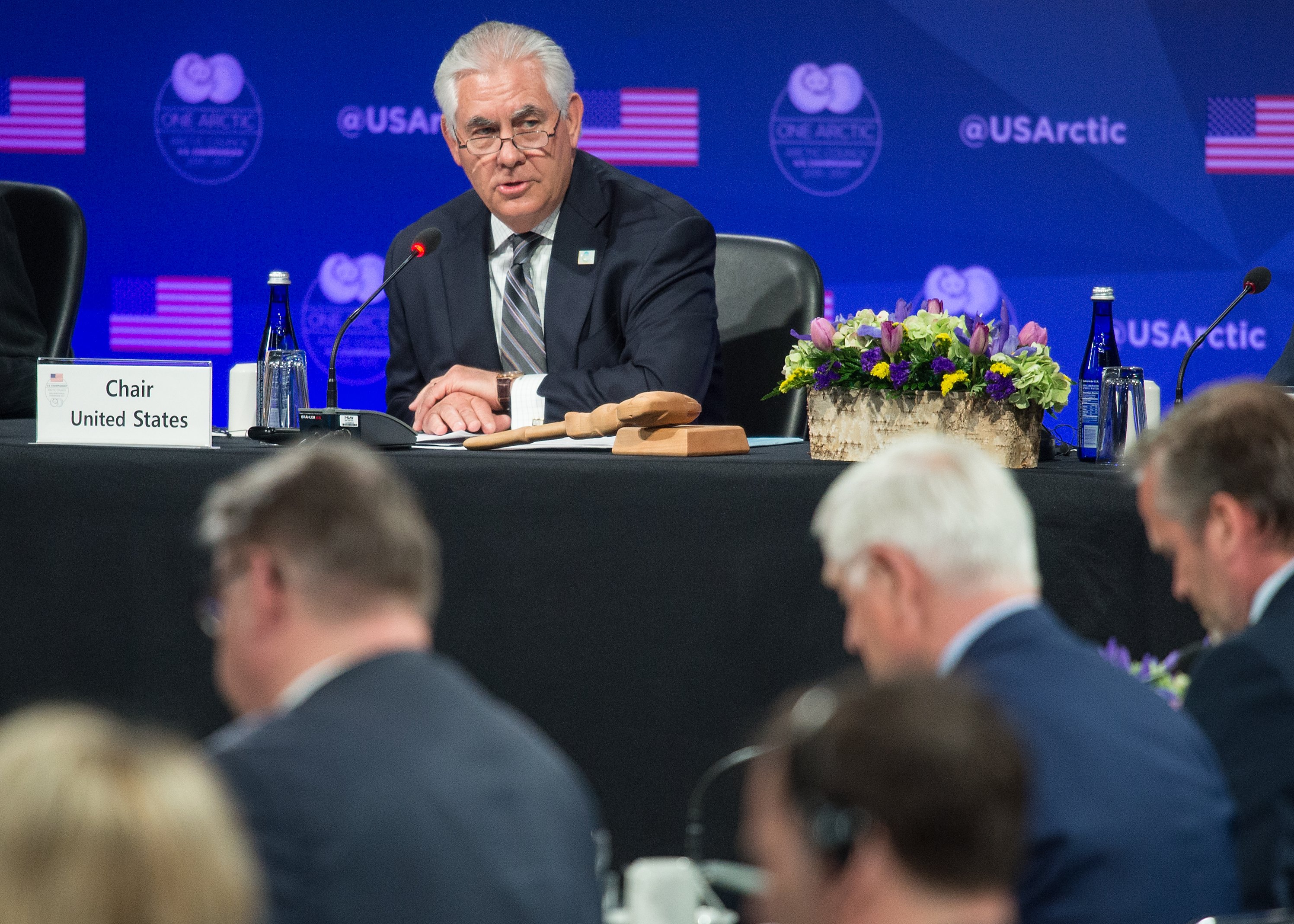
The Arctic is one of Iceland’s foreign policy priorities, so attention from the highest levels of government is more likely than in countries with more complicated engagements abroad. Rex Tillerson, for example, had no free time to spend brainstorming creative solutions to arctic problems after he was sworn in as United States Secretary of State and became Chair of the Arctic Council. But although Iceland faces a simpler diplomatic arena, it also faces great responsibility in the Arctic, a region incredibly vital for the planet, and humankind’s, future. So, once the domestic demands of pleasing the new electoral demographics are more or less met, the new government should settle down and tackle the challenge of a successful chairmanship by the Arctic Council’s smallest member country.
***
Takeshi Kaji is the Director of the Arctic Circle Secretariat in Reykjavík, Iceland. The Arctic Circle is a non-partisan organization dedicated to open, democratic dialogue on the future of the Arctic. The views expressed in this article are those of the author alone.
Related stories from around the North:
Canada: Inuit in Canada and Greenland seek co-management of crucial Arctic habitat, Radio Canada International
Finland: Sami group occupies island in northern Finland to protest fishing rules, Yle News
Greenland: `Enough of this postcolonial sh#%’ – An interview with Greenlandic author Niviaq Korneliussen, Eye on the Arctic
Iceland: Can environmental diplomacy save Arctic languages?, Blog by Takeshi Kaji
Norway: Establishment of Álgu Fund marks new beginning in Arctic Council, indigenous peoples say, The Independent Barents Observer
Sweden: Treatment of Sami people among Swedish shortcomings : Amnesty International report, Radio Sweden
Russia: More protected lands on Nenets tundra in Arctic Russia, The Independent Barents Observe
United States: Preserving Indigenous languages in Alaska, one grocery store at a time, Alaska Dispatch News


